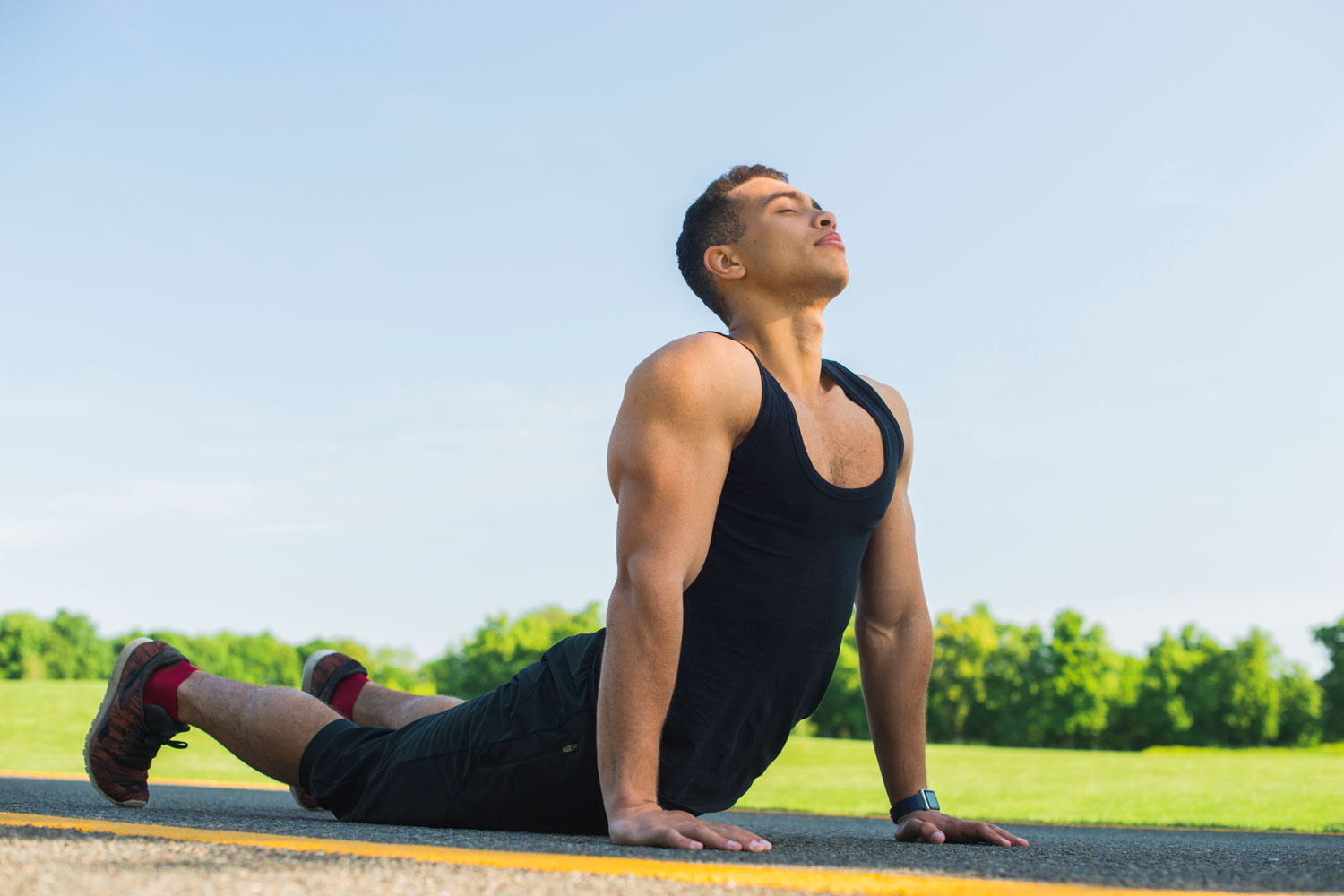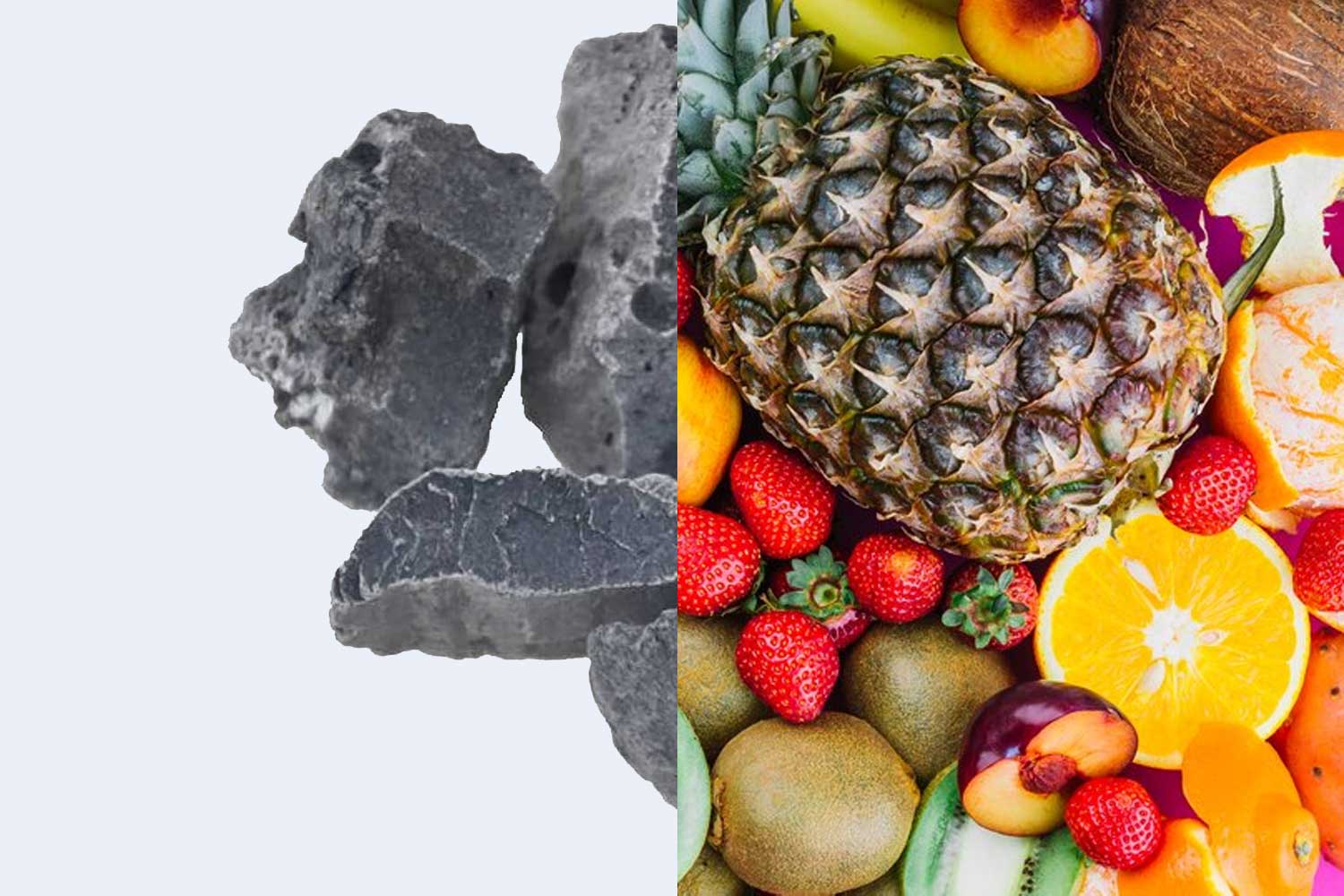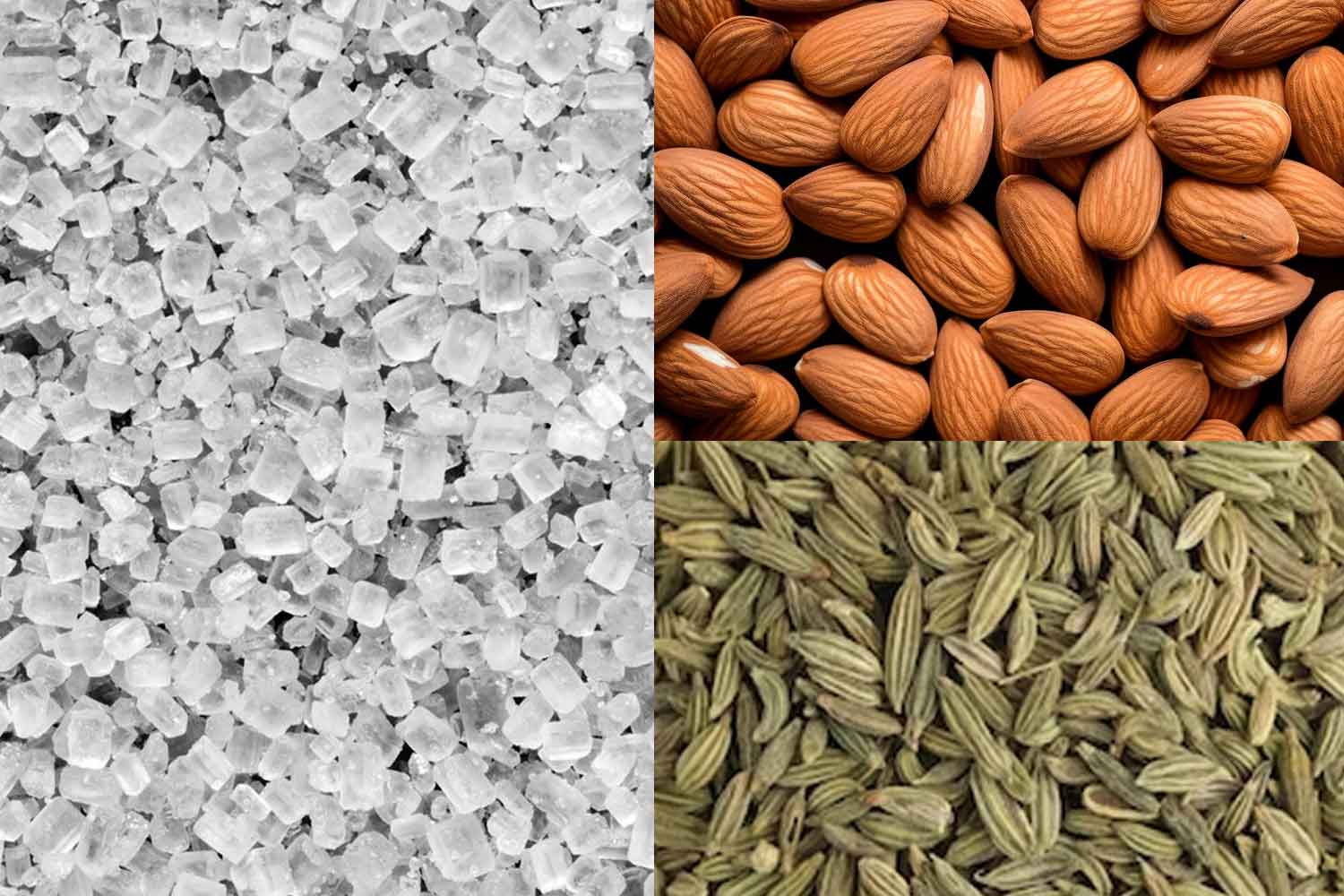Warming up before engaging in any physical activity is crucial for preventing injuries and enhancing performance. A well-structured warm-up routine prepares your body for the demands of exercise, increasing blood flow to muscles and joints, improving flexibility, and priming your nervous system. In this article, we’ll delve deeper into each warm-up exercise, explaining its benefits and providing tips for proper execution.
1. Dynamic Stretching
Dynamic stretching involves controlled movements that take your joints through their full range of motion. This helps improve flexibility and increases blood flow to the muscles. Include exercises like arm circles, leg swings, and torso rotations to target different muscle groups. Dynamic stretching not only promotes elasticity in muscles but also readies the nervous system for more vigorous activity.
2. Jumping Jacks
Jumping jacks are a classic warm-up exercise that engages your entire body. They get your heart rate up, increase blood flow, and stimulate the nervous system. Start with a moderate pace and gradually increase intensity to prepare your muscles for action. The rhythmic motion of jumping jacks also helps synchronize muscle contractions, preparing the body for coordinated movement.
3. High Knees
High knees are excellent for activating your lower body and core muscles. This exercise improves hip flexor strength, enhances coordination, and increases heart rate, preparing your body for more intense activities. Aim for a brisk, controlled motion. As you lift your knees towards your chest, focus on engaging your core to stabilize your upper body.
4. Leg Swings
Leg swings are fantastic for targeting your hip flexors, hamstrings, and quadriceps. Stand next to support, like a wall or a post, and swing your leg forward and backwards. Then, switch to lateral swings. This exercise increases blood flow and flexibility in the lower body. Pay attention to your breathing and maintain a slight bend in the standing leg for stability.
5. Arm Circles
Arm circles are an effective way to warm up your shoulder joints and upper body muscles. Start with small circles and gradually increase the size. Switch directions after a set duration to work for different muscle groups. Keep your movements controlled and focus on maintaining a full range of motion in your shoulder joints.
6. Core Activation Exercises
Engaging your core is essential for stability and power during workouts or athletic activities. Incorporate exercises like planks, bird dogs, Russian twists, bicycle crunches, and mountain climbers to activate and strengthen your core muscles. Perform these exercises with controlled movements and a focus on maintaining a neutral spine position.
7. Hip Flexor Stretches
The hip flexors play a crucial role in various movements, especially in sports that involve running or jumping. Perform dynamic stretches like lunges with a twist or hip flexor circles to release tension and increase flexibility in this area. Pay attention to your form and ensure your front knee is aligned with your ankle during lunges.
8. Ankle Rolls
Often overlooked, ankle mobility is vital for activities that involve running, jumping, or lateral movements. Perform ankle rolls by lifting one foot and gently rotating your ankle in both directions. Switch to the other foot after a few rotations. Focus on smooth, controlled movements to increase circulation and mobility in the ankle joint.
9. Plyometric Exercises
Plyometric exercises like squat jumps, box jumps, burpees, jump lunges, and tuck jumps help improve explosive power and coordination. These exercises activate fast-twitch muscle fibres, which are crucial for activities that require sudden bursts of energy. Begin with low-intensity jumps and gradually progress to higher intensity as your muscles become more responsive.
10. Light Cardio Activity
Finish your warm-up routine with a few minutes of light cardio, such as jogging or brisk walking. This helps raise your heart rate, increase body temperature, and prepare your muscles for more intense activities. Gradually transition from a slow pace to a moderate one to ensure a smooth transition into your main workout.
A thorough warm-up is the foundation of a successful workout or athletic performance. Incorporating these fifteen essential warm-up exercises into your routine will enhance flexibility, increase blood flow, and activate key muscle groups. Remember, a well-prepared body is less prone to injuries and more capable of achieving peak performance. So, before you dive into your next workout, invest the time in a proper warm-up—it’s the first step to success!












